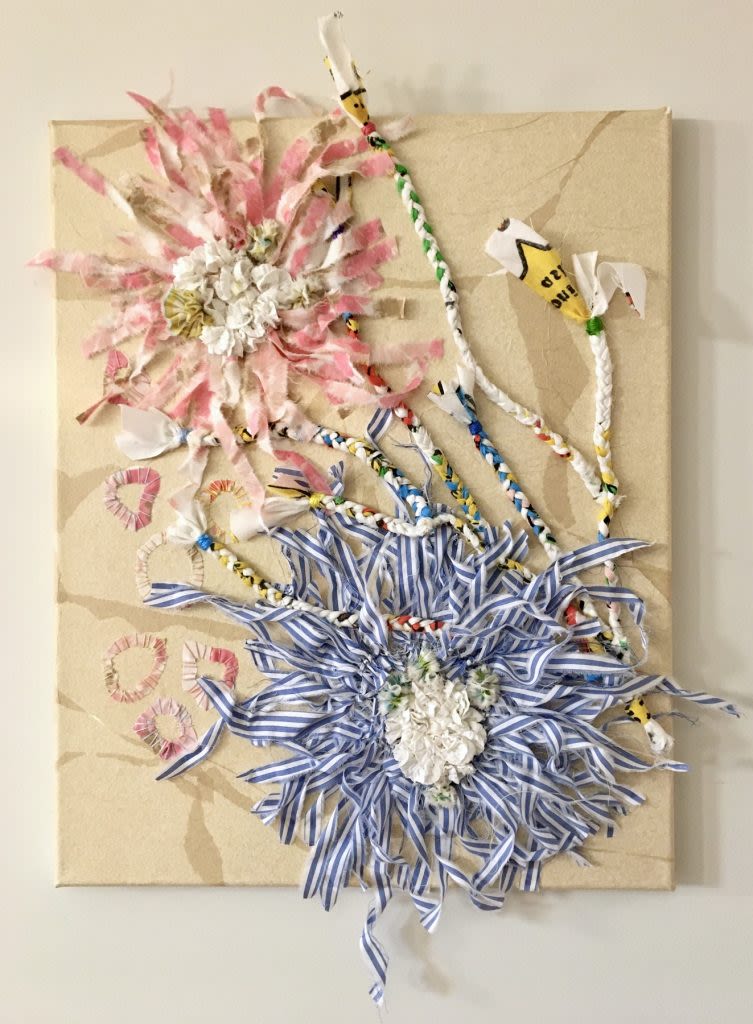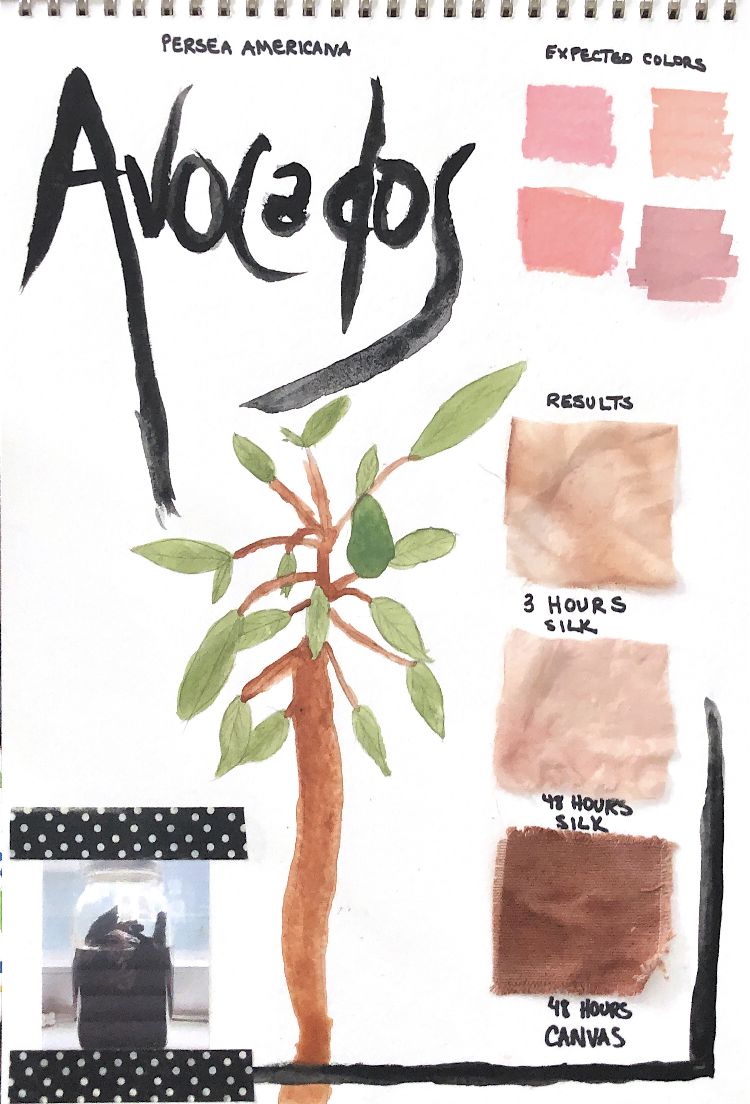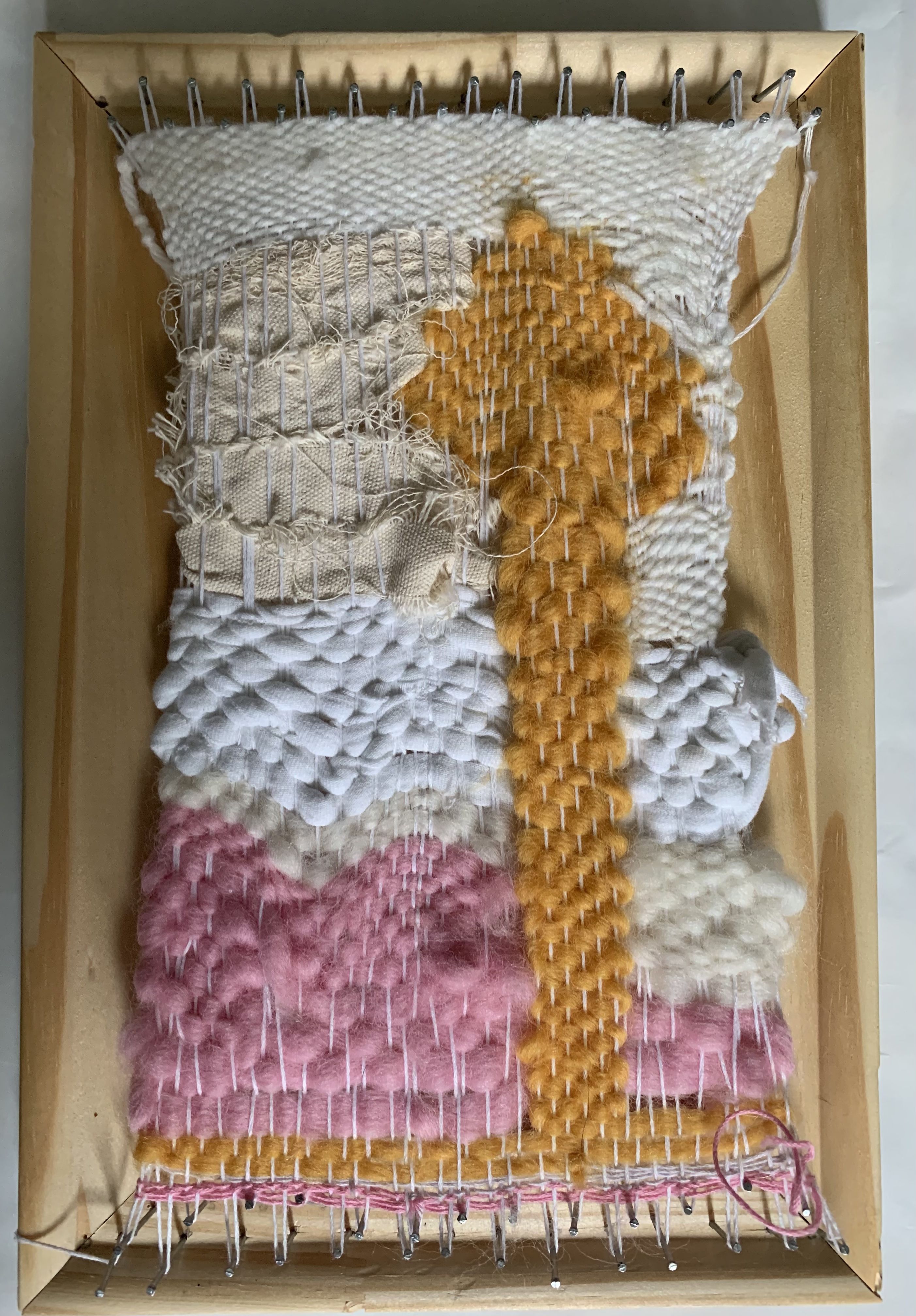Rethinking What We Use to Make Art
Continuing Studies: Material Manipulation

by Zoya Brumberg (MA 2015)
We often think about art as a medium of creation—of making something new, constructing meaning through material. But what were those materials before they became art, and what might they become after?
So often, art supplies are a means to an end. They come from a store, a tin can, a plastic tube. It is seldom part of the creation process to consider where the pigments and oils and their vessels came from before the palette. We rarely think about the greater environmental costs of creating art, from the resources required to the waste it can produce. As it becomes clear that the effects of climate change are transforming our day-to-day lives, more and more artists are exploring sustainability as a critical part of their creative practices.
In the School of the Art Institute of Chicago’s (SAIC) Early College Program Summer Institute class Material Manipulation, students create their own supplies as a key part of their artistic process. The course introduces young artists to a multitude of materials and how to create and use them, with an emphasis on reusing and repurposing secondhand objects and waste. Continuing Education instructors Cathy Hsiao (MFA 2017) and Stacia Yeapanis (MFA 2006) take different approaches to help their students interrogate similar themes.

A natural dye journal from the course
A natural dye journal from the course
Hsiao, who is a resident in Climate and Environmental Sustainability at the Fountainhead in Miami, came to Continuing Studies as an alum of SAIC’s Fiber and Material Studies department; her syllabus draws from that background, introducing materials extracted from one’s surrounding environment as part of wider ecosystems and cultural practices. Hsiao encourages students to use materials like twigs, rocks, and food waste as supplies—part of a broader project of connecting abstract notions of ecology with their everyday lives. Students worked with these materials across media, from sound art to three-dimensional sculpture.

A natural dye journal from the course
A natural dye journal from the course
For the final project, students extracted dyes out of food items that would have otherwise ended up as compost or trash. They kept natural dye journals to document the relationships between the colors they created and their sources. They applied the color to fabric and yarn to create textile sculptures. Hsiao noted that, “in our digital, pandemic age, recovering an immediate and very accessible connection to this large concept ‘Nature’” really resonated with students. In this era of isolation and modern convenience, “we forget these things in our refrigerator are plants and animals.” In future iterations of the course, Hsiao’s students will experiment with planting their own dye gardens.
Whereas Hsiao’s approach to Material Manipulations is intrinsically tied to nature—even in unexpected places, like our pantries—Yeapanis begins her course with an exercise in recycling and repurposing used objects. For their first assignment, students go to a thrift store and spend up to $15 on materials. They’re told to buy whatever catches their attention that they are not attached to keeping in its original form.

Student work from the course
Student work from the course

Student work from the course
Student work from the course
Over the next few days, “students break down their objects—anything from clothing and domestic textiles to electronics, toys, books, and household items—into raw material.” This exercise allows them to explore materiality in a really tangible way, building sculptures from the materials they created. Yeapanis works with “the detritus of daily life” as the material of her large-scale textile sculpture installations and brings that experience into her classes.
A few artists reusing materials will not stop climate change, but manipulating used and natural materials is a critical avenue for artists to move away from cycles of creating waste. Combating climate change will require creative solutions, and the seeds of creativity are born in artistic practice. “The future of human culture is uncertain,” Yeapanis shared. “But as long as our species exists, I believe we will always need artists to create beauty, solace, and expressions of human resilience.” ■

